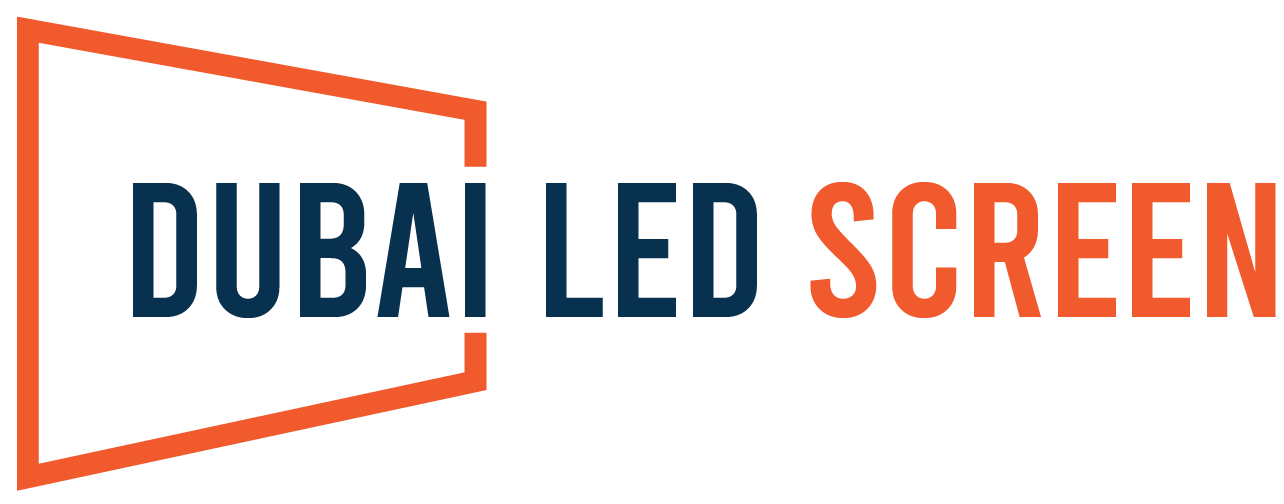At the vanguard of a cinematic revolution, LED video wall virtual production is reshaping the landscape of filmmaking, ushering in a new era of visual storytelling. This state-of-the-art technology harnesses dynamic backgrounds that seamlessly align with camera perspectives and parallax during filming, facilitating the capture of photorealistic imagery. The profound impact of LED video wall virtual production is evident in its revolutionary capacity to generate stunning visuals on location.
This groundbreaking methodology employs real-time engines in harmony with motion trackers to render editable virtual elements on the LED wall. These elements dynamically adapt to the camera’s movement, enabling fluid spatial shifts in tandem with background environments. The virtual sets portrayed on the LED wall precisely mirror physical set pieces, allowing for seamless interaction with props.
The trajectory of LED video wall virtual production is nothing short of revolutionary, supplanting conventional green screens in film studios. Powerhouses in the industry, such as Disney and ILM, have already embraced this technology to create cutting-edge visuals in their cinematic endeavors.
Advantages of LED Wall Virtual Productions
Green Screen Replacement: The LED wall diminishes the need for green screens, mitigating issues like green spill and subpar interactive lighting on film characters. It creates a 3D immersive space for shooting under the functions of Unreal Engine and tracking software.
Real-time Visual Effects: The game engine generates intricate visual effects in real-time on the surrounding LED screens, allowing instant backdrop changes without downtime. This includes adjustments to lighting or adding animations on the fly, capturing multiple sets, environments, and landscapes on a single stage.
Enhanced Actor Experience: Actors immersed in this environment can see the real scenery, understand their position on the stage, and adjust their performance accordingly. This alleviates fatigue and disorientation caused by prolonged exposure to green screens, fostering a more natural and creative atmosphere.
Director On-set Adjustments: Directors can prepare various performance options with different lighting, camera positions, and stage orientations. This allows them to check the final effect through the camera lens in real-time, reducing costs before post-production.
Improved Team Collaboration: Crew members can directly view feeds from multiple cameras, enhancing collaboration efficiency and sparking new ideas. Remote collaboration becomes more accessible, enabling partners from around the world to contribute seamlessly.
Streamlined Workflow: LED wall virtual production shifts many roles from post-production to pre-production, reducing the need for extensive post-production corrections. This results in a significantly shorter overall production time, ultimately reducing costs.
Precise Lighting Control: The LED wall facilitates accurate and easy adjustment of lighting to create the right digital environment for photography. Cinematographers can leverage their expertise to achieve perfect real-world lighting from the surrounding LED screens.
Points to Consider When Using LED Digital Wall for VFX
Virtual Effects Testing: Render virtual sets on the LED wall before formal production and test every location to ensure a match between real and virtual elements.
Lighting and Color Adjustment: Attention is required when adjusting the color of the digital wall to consider lighting cast on real parts and actors, along with reflected light from physical items.
Seamline Concealment: Props or strategic placements can be used to hide the seamline between the screen and the floor, enhancing the visual appeal.
Noise Reduction: In the enclosed LED box-shaped space, minimizing noise is crucial to prevent audio disturbances, especially since the LED walls are in close proximity to the camera.
Moire Pattern Avoidance: To reduce unwanted moire effects, consider adding seamless diffusion panels or adjusting distances, especially when shooting at short distances.
Specifications for an Ideal On-camera LED Screen
LED Quality: A good LED should offer a viewing angle exceeding 170°, high blackness, contrast, and consistency. It should eliminate ambient light pollution and meet brightness and color gamut standards.
Pixel Pitch: Optimal pixel pitch varies, and a suitable pitch helps reduce moire patterns. For stage applications, pixel pitches of 1.5mm to 3mm are recommended.
Brightness: A brightness of 1500-2000 nits is sufficient for the relatively short distance between the actor, camera, and the screen, ensuring realistic lighting without overpowering the scene.
Curved Design: A curved LED screen expands the viewing angle, and the ability to curve within 10° is desirable for creating immersive environments.
Box Shape Configuration: LED side curved walls, ceiling screens, and floor screens together create a box shape.
Viewing Angle: A wide viewing angle is essential to prevent color shifts when shooting at various angles.
Weight: Lightweight LED panels are preferred, especially for the top roof screen, to simplify installation and avoid complex support structures.
Applications in Broadcasting and Entertainment Stages
In conclusion, LED video wall virtual production is reshaping storytelling in the film industry and beyond. Its integration of real and virtual elements not only enhances visual effects but also streamlines workflows, reduces costs, and opens up new creative possibilities for filmmakers and content creators.
